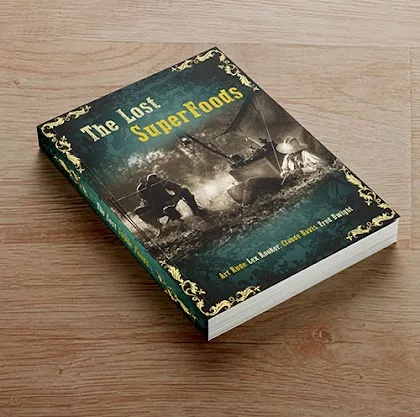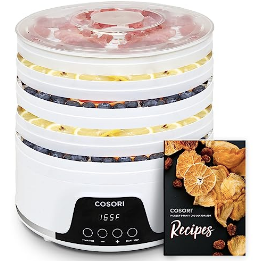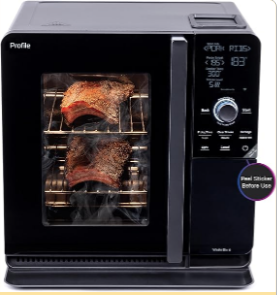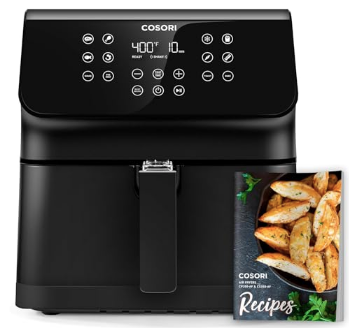Unlocking The Power Of Lost Super Foods
Unlocking the Power of Lost Super Foods
In a world where convenience often trumps nutrition, the concept of “lost super foods” might seem like a blast from the past. However, these forgotten treasures hold the key to survival during crises and emergencies, offering both resilience and nourishment. They have been utilized throughout history, from wartime struggles to economic downturns, and today, they represent a valuable resource for preparedness.
What Are Lost Super Foods?
Lost super foods are nutrient-dense provisions designed to last without refrigeration, making them ideal for long-term storage. Historically, these foods were staples during challenging times, providing essential nutrients when fresh produce was scarce. Today, they offer a sustainable solution for households seeking to be self-sufficient and ready for any emergency. Imagine a pantry filled with items that not only withstand the test of time but also provide vital energy and nutrition.

Historical Significance of Lost Super Foods
The Great Depression Food That Saved Lives
During the Great Depression, many Americans relied on simple yet hearty foods to survive. One such food was the humble “Hoover Stew,” a mix of macaroni, canned tomatoes, and often hot dogs or beans. This meal was not only affordable but also filling, providing a much-needed source of carbohydrates and protein. It was meals like Hoover Stew that kept families afloat during one of the most challenging economic periods in history.
Food Innovations from WWII
World War II brought about several innovations in food preservation and storage. The development of long-lasting rations, including hardtack and canned goods, was pivotal in sustaining troops across the globe. These foods were engineered to endure the harshest conditions and provided the necessary calories and nutrients for soldiers to maintain their strength and stamina.
How to Incorporate Lost Super Foods into Your Diet
Integrating lost super foods into your modern diet doesn’t have to be complicated. Start by sourcing these pantry staples from local markets or online suppliers. Look for foods like dried legumes, canned meats, and grains that have stood the test of time. Incorporating them into everyday meals can be as simple as adding beans to a stew or using dried fruits as a healthy snack.
Recipes Using Lost Super Foods
- Hearty Lentil Soup: Combine dried lentils with canned tomatoes, carrots, and onions for a nourishing soup that warms the soul.
- Oatmeal Porridge: Use rolled oats, honey, and dried fruits to create a breakfast that’s both filling and nutritious.
- Rice and Bean Salad: Mix canned beans with cooked rice, bell peppers, and a splash of vinegar for a refreshing dish that’s perfect for any season.
The Benefits of Stockpiling Lost Super Foods
Stockpiling these foods serves as an insurance policy against unforeseen events. They are cost-effective, requiring minimal initial investment compared to fresh produce that needs constant replenishment. Their long shelf life means less waste and fewer trips to the store, saving both time and money.
Cost-Effectiveness of Lost Super Foods
When you compare the cost of maintaining a pantry stocked with lost super foods to regular grocery shopping, the savings become clear. These foods are less likely to spoil, reducing waste and ensuring that every dollar spent contributes to sustenance and nutrition. In the long run, a well-stocked pantry with these essentials can prove to be a wise financial decision.
Conclusion
Lost super foods offer a blend of history, nutrition, and practicality. They have proven their worth across centuries and continue to be invaluable in today’s uncertain world. By incorporating these wholesome foods into your diet and stockpiling them for emergencies, you not only prepare for the unexpected but also embrace a lifestyle of sustainability and resilience. Start small, experiment with recipes, and discover the myriad benefits these lost treasures have to offer.













